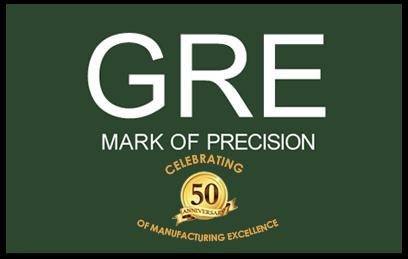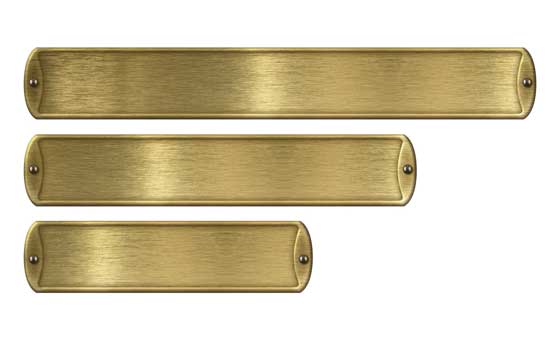Surface Plates were first used around 1904 by Two Engineers Henry Maudslay and Joseph Whitworth in order to ensure production of uniform tool parts. The first ever surface plate was made of Cast Iron and sold by Crown Windly Bros, of the UK. Then during World War metal becoming scarce the industry started to turn to Granites which are extremely hard and non-magnetic.
Surface Plate is normally used in three areas in a Production center. Inward Inspection, Production set up, and Quality Assurance or Checking place. The surface finish is defined as Grade 00, Grade 0, Grade 1 and Grade 2. Grades are decided by surface flatness. The end use application will decide the Grade of the Plate used. For instance, Grade 00 is generally used in Gauge Room, Grade 0 in an open inspection area, Grade 1 in stage inspection and grade 2 in Production set up.
In today’s context Base Plates are playing a very important role in ensuring repetitive items produced to have identical measurements. Granite Plates started playing a vital role in ensuring high rigidity, bearing extremely closer tolerances. Granites were preferred to be used for closer tolerance product production and 3 Co-ordinate measuring machines. Stability of Granite and being able to be finished to very close tolerances attracted Granite bases to be used in almost all products that are attached to measurements, or measuring machines and equipment.
Cast Iron or Granite is the most common material used for surface plates. The surface plate does require maintenance. Some of the recommendations for maintaining such Surface Plates are enumerated hereunder:
- User to practice proper installation methods:
- Appropriately use the support system that is supplied with the Surface Plate. Sometimes these Plates are supplied with Hard Rubber Pads to be attached to the bottom of the Plate where suspension on to the floor or to the stands takes place. These pads are critical for the accuracy of the surface plate on one side and some large Surface Plates may have more than one support system to assist in controlling vibration using rubber pads.
- Appropriately use the support system that is supplied with the Surface Plate. Sometimes these Plates are supplied with Hard Rubber Pads to be attached to the bottom of the Plate where suspension on to the floor or to the stands takes place. These pads are critical for the accuracy of the surface plate on one side and some large Surface Plates may have more than one support system to assist in controlling vibration using rubber pads.
- Proper cleaning and maintenance
- Surface Plates should be periodically cleaned and maintained to protect itself from rust and clogging of dirt in some cases.
- Surface Plates should be periodically cleaned and maintained to protect itself from rust and clogging of dirt in some cases.
- Regular service and calibration procedures,
- This includes regular inspection of the surface for dents, scratches
- Resurfacing of the top side of the Plate may be required for both Granite and Cast-Iron surface Plates, if such damaged surface area risks unreliable or inaccurate measurements.
- Sometimes Surface Plates becomes unreliable due to worn out surfaces, and measurements taken could be inaccurate measurements, resulting due to compromised top surface of a inspection table (Improper surface flatness)
- To verify flatness, periodic inspections can be made on the surface using an accurate, calibrated Sprit level to read 0.02mm per meter, or a repeat reading gage with a manual indicator (this is done by moving the dial gauge across using PLANOCATER and identify if there are any deviations more than 0.002 mm for Grade 00 plate, 0.004 mm for Gr. 0, 0.003 for Gr 1 Plate and 0.007 mm for Gr.2 plate)
- Maintaining a Clean Table is of prime importance for retention of top side of the Plate’s Accuracy:
- Use granite cleaners to clean plates prior to use, and after. (Using partially worn-out surface plate or allowing dirt to settle down will result in inaccurate readings being taken and cause the plate to wear faster)
- Normally Plate’s supplier gives a Rexine Cover which should be utilized to prevent dirt or debris from settling on the table, which sometimes will cause dent or damage the top surface of the Table.
- Only use soft cloths to prevent scratching the surface
- Do not use metal straps of chain for large or heavy parts to load such parts on the table.
- Do not drop the Products or they being positioned on the table
- Rotate table or table location
- It is advisable to rotate the position of inspection on a plate’s surface and move around such inspection points around the table to minimize wearing the table in one location
- It is advisable to rotate the position of inspection on a plate’s surface and move around such inspection points around the table to minimize wearing the table in one location
- Avoid overload
- Ensure you have the correct size of surface plate for the size of the parts and measuring equipment you need to use Overloading a Plate will create bend and unevenness or out of tolerance to occur on the surface of the Plate.
- Ensure even distribution across the surface plate to prevent issues with accuracy and other damages.
- Use threaded insert correctly
- A surface plate may have threaded inserts to hold fixture gages or other tooling
- The bolts should be torqued at a minimum setting
- Do not ignore the warning labels included with these plate types
- What one should not do with a Surface plate:
- Do not lift or move a table by the granite
- If one has to shift keep Nylon Belts or insulated forks or lifting device
- Do not use surface plates for storage. Surface plates must not be used for storing tools
- Food will contaminate the surface with a grease residue and also stain the surface
- Storing on plates will accelerate the wear of the surface and promote uncertainty of measurements

